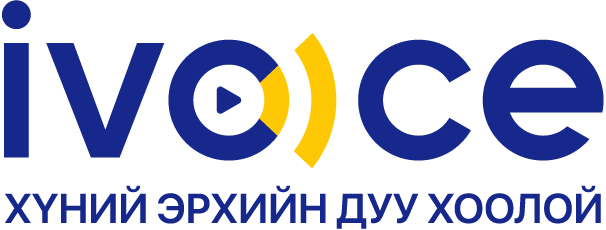Often the Distinctions Between Information Technology as well as Computer Science: A Evaluation Analysis
Information Technology (IT) in addition to Computer Science (CS) are generally two distinct yet related fields that play important roles in the modern digital scenery. Although they often overlap of their applications and career possibilities, they differ significantly inside their focus, methodologies, and goals. This comparative analysis should elucidate the distinctions among IT and CS, putting together a clearer understanding of their unique contributions to the technology sector.
Personal computer Science is fundamentally the learning of computers and computational systems. It encompasses often the theoretical foundations of information and computation, taking an subjective approach to understanding how computers resolve problems. CS is deeply rooted in mathematics and logic, and it involves the structure and analysis of codes, data structures, and the rules of programming languages. Area also covers areas like artificial intelligence, machine finding out, cryptography, and computational complexness.
In contrast, Information Technology is more application-oriented, focusing on the utilization and management of computer systems to solve enterprise and organizational challenges. THE IDEA professionals are concerned with the useful implementation, support, and maintenance of technology infrastructures. This includes networking administration, database management, cybersecurity, and IT support services. THAT encompasses a wide array of engineering and systems that facilitate the storage, retrieval, in addition to transmission of information.
One of the primary variations between IT and CS lies in their educational curricula. Computer Science programs typically emphasize theoretical knowledge and problem-solving skills. Courses inside a CS curriculum include superior mathematics, algorithms, computer design, software engineering, and several specialized topics such as design, robotics, and natural dialect processing. The goal is usually to equip students with the ability to know and create new computing engineering and to contribute to see here the advancement from the field through research as well as innovation.
On the other hand, Information Technology plans focus on the practical abilities needed to manage and carry out computer systems in real-world settings. The IT curriculum often includes courses on system configuration, database management, devices analysis, and information security. THE ITEM students learn to apply recent technologies to meet the needs of organizations, ensuring that systems work efficiently and securely. Typically the emphasis is on hands-on experience and the ability to troubleshoot and solve technical complications.
Another key difference concerning IT and CS is actually their approach to problem-solving. Pc scientists often engage in abstract and theoretical problem-solving, looking to develop new algorithms or maybe computational methods that can be used across various domains. They may work on optimizing algorithms for faster data processing or creating new programming paradigms to enhance software development.
As opposed, IT professionals typically give attention to concrete, practical problems in a specific organizational context. They can be responsible for ensuring that a company’s network infrastructure is robust and secure, or that its data management systems are effective and compliant together with regulations. The work of IT experts is often more immediate as well as hands-on, requiring them to swiftly diagnose and resolve troubles to maintain operational continuity.
Position paths available in each field also reflect these dissimilarities. Computer Science graduates generally pursue roles as program developers, data scientists, techniques analysts, or research experts. These positions generally include significant programming, mathematical modeling, and algorithmic design. They may work in industries including tech giants and start-up to academic and governments research institutions, where these people contribute to the development of new technologies and computational theories.
It graduates, on the other hand, frequently come across employment as network administrators, IT support specialists, cybersecurity analysts, and systems professionals. Their roles typically focus on the implementation, maintenance, and also security of technology systems. They work across various sectors, including healthcare, financial, education, and government, making certain technology systems are dependable, efficient, and secure.
The particular interplay between IT along with CS is also significant. When CS provides the foundational ideas and innovations that generate technological advancements, IT specialists apply these advancements to generate practical solutions that meet the needs of businesses and society. As an example, advancements in artificial cleverness and machine learning produced by computer scientists can be put in place by IT professionals to enhance records analytics, automate processes, in addition to improve decision-making within companies.
Despite their differences, THE ITEM and CS share a common goal of leveraging technological innovation to solve problems and strengthen human life. Both grounds require strong analytical as well as technical skills, and authorities in each must stay abreast of rapidly evolving systems and trends. Collaboration in between IT and CS professionals is often essential, particularly within multidisciplinary projects that require each theoretical innovation and useful implementation.
As the technology panorama continues to evolve, the variances between Information Technology and Pc Science may blur more, with increasing overlap inside areas such as cybersecurity, records science, and cloud precessing. However , the core dissimilarities in their focus and strategies will remain, with Computer Scientific disciplines continuing to push the boundaries of what is computationally feasible, and Information Technology ensuring that these kinds of possibilities are realized in addition to effectively utilized in the real world. Being familiar with these distinctions is crucial for young students, educators, and professionals when they navigate the opportunities as well as challenges within these dynamic fields.


